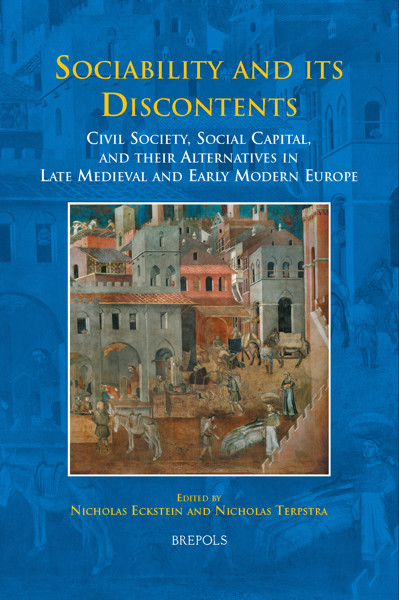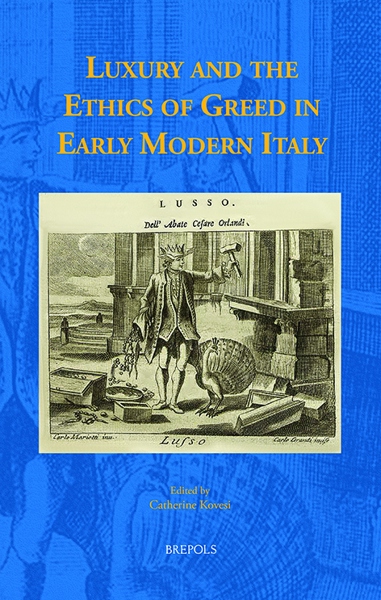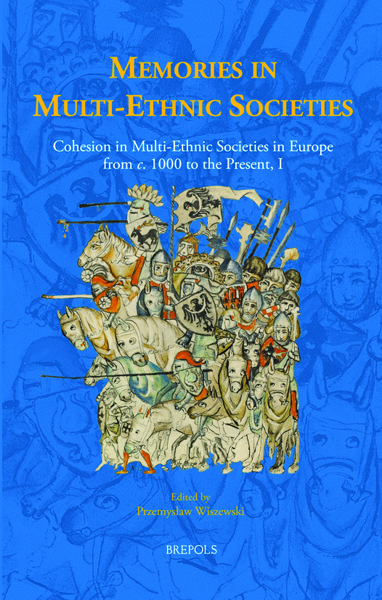
Notions of Privacy in Early Modern Correspondence
Michaël Green, Lars Cyril Nørgaard (eds)
- Pages: 270 p.
- Size:156 x 234 mm
- Language(s):English, French
- Publication Year:2025
- € 85,00 EXCL. VAT RETAIL PRICE
- ISBN: 978-2-503-61234-8
- Hardback
- Available
- ISBN: 978-2-503-61235-5
- E-book
- Available
Private letters are intimate and seem not a matter of public opinion. Yet they offer an opportunity to fashion oneself and one’s experiences within a cultural context. Letters thus tell the story of our lives. Through ten case studies, this volume demonstrates how such ambiguities of privacy are attested in early modern correspondence.
Michaël Green is University professor at the University of Lodz. He has defended his PhD at the University of Groningen (2013) and habilitation at the University of Lodz (2023). He has authored The Huguenot Jean Rou (1638-1711): Scholar, Educator, Civil Servant (2015); Le Grand Tour 1701-1703. Lettres de Henry Bentinck et de son précepteur Paul Rapin-Thoyras, à Hans Willem Bentinck (2021) as well as An Interreligious Dialogue: Portrayal of Jews in Dutch French-Language Periodicals (1680–1715)(2022).
Lars Cyril Nørgaard is Associate Professor at the University of Copenhagen. He defended his PhD at the University of Copenhagen (2017). He is the editor of Les petites livres Secrets, Suivi de divers textes copié of Madame de Maintenon (2023).
Our modern notions of privacy have their roots in the early modern period. When studying this historical background, one of the most important sources is correspondence. Letters sent from one person to another reflect specific situations, ideas, thoughts, emotions, and experiences. Contextualizing an epistolary exchange provides information about the world and values of past individuals.
This volume presents essays that deal with a variety of early modern correspondence. The letters analysed, written in French, Dutch, German, and English, speak to very different contexts and cultural codes. While each of the letters in question has its own unique story to tell, all contributions come together by focusing on notions of privacy. From the intimacy that unfolds in educational exchanges to specific letter-writers and their strategic use of the private, this volume offers ground-breaking insights that will be relevant to many different researchers and their respective fields: the history of science, the history of Christianity, the history of travel writing and education, gender studies, and the history of diplomacy. In addition, the contributions also tackle the issue of publishing letters in the early modern period, both as a cultural phenomenon and as a material praxis.
Together, the essays show how ‘privacy’ was an ambiguous term in the early modern period; the letter as literary genre and a means of communication demonstrates how privacy was perceived both as valuable and as a potential threat.
Refractions of Privacy in Early Modern Letter-Writing
Bastian Felter Vaucanson and Michaël Green
Chapter 1. Epistolary Technologies of Separation and Archives of Emotion
James Daybell
Chapter 2. Public and Private in Seventeenth-Century Scholarly Correspondence
Richard Maber
Chapter 3. La Beaumelle en ‘déshabillé’. Quelques facettes de sa vie privée dévoilées par sa correspondance
Hubert Bost
Chapter 4. Perceptions of Privacy in Diplomatic Correspondence. Dutch and English Ambassadors at the Early Modern French Court
Bram van Leuveren
Chapter 5. Privacy Aspects of Anglo‑Dutch Grand Tour Correspondence (1701–1703). Viscount Woodstock and Paul Rapin-Thoyras to the Earl of Portland
Michaël Green
Chapter 6. Personal Gift-Giving. Attempts at Intimacy in Anna of Saxony’s Letter Exchanges
Natacha Klein Kafer
Chapter 7. Cloistered Correspondence. Engaging and Renouncing the Grand Siècle
Mette Birkedal Bruun
Chapter 8. Privacy and Discretion in the Correspondence of Charles Drelincourt
Jane McKee
Chapter 9. Privacy Misconstrued? The Correspondence Between Fénelon and Maintenon
Lars Cyril Norgaard and Bastian Felter Vaucanson
Index nominum
Index locorum




